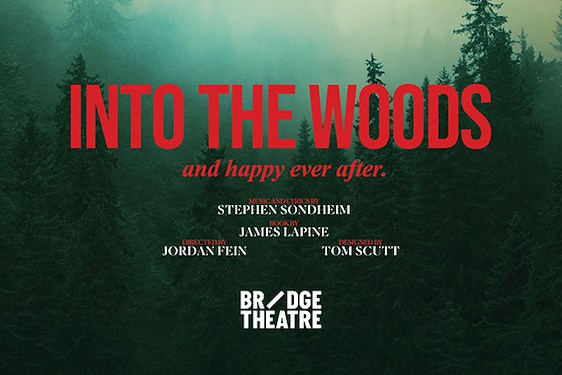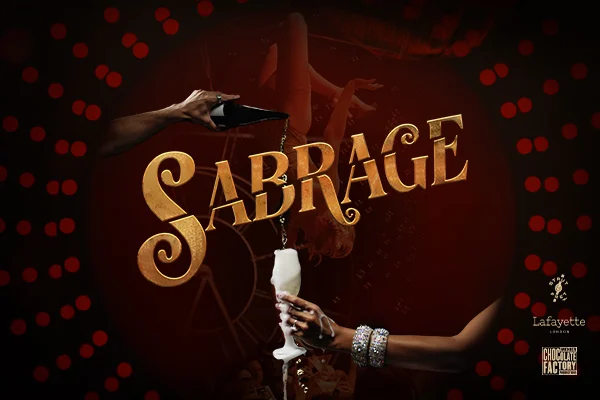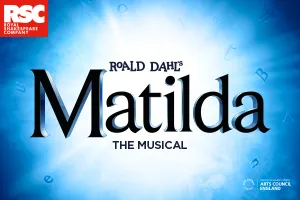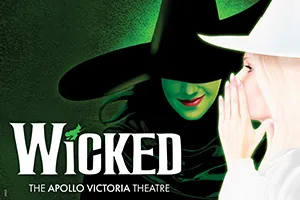In Last Land and Il gioco, DanceBase presents an engaging double bill of contemporary dance which is certain to be loved by dance connoisseurs.
From choreographer Maria Nilsson Waller, Last Land is a meditation on the final remaining parts of our planet belonging to no one - vast and unpredictable dust bowls and frozen wildernesses. A successful exploration of the effects of harsh environments on the body was undertaken in the form of contractions and increasingly slowed-down movements, demonstrating the uninhabitable nature of the earth’s most extreme climates.
Discordant music was used to give a strange, alien atmosphere that reflected the remoteness of desert environments, while the sound of the dancers walking across newspaper evoked the crunch of sand or snow beneath the feet. Considerable technical skill is demonstrated throughout, and the dancers are all very strong and centred. However, the piece drops slightly towards the end and risks becoming boring due to its repetitions of the same themes; a change of mood would have been welcome.
Il gioco del gregge di capre is a representation of the flocking patterns of mountain goats, aiming to demonstrate their agility and balance. Dancer-choreographer Fabrizio Favale is certainly very supple and agile, and has explored this aspect of the mountain goat’s physicality with success. Each move flows perfectly and logically into the next, with consistent posture and arm movements which evoke a more graceful animal. Use of animalistic styling, such as parted fingers to reflect cloven hooves, rendered the image of the mountain goat clearly and made the transformation from man to beast particularly effective.
Perhaps the most surprising thing is that Favale did not use some of the precarious leaps and balances characteristic of mountain goats to explore the topic further. The piece feels like an incomplete exploration; an experiment rather than a full character study. With the addition of this type of movement, this could be a much improved work.
Unfortunately, the show may not be accessible to some audiences. It can be quite difficult to follow at some points and both the subject matter and the choreographers’ handling thereof could be quite alienating. This is perhaps not the best show for use as an introduction to contemporary dance, but is well suited to anyone already interested in this field.
Creative and highly original, this innovative double bill really merits watching for fans of the genre, but is not necessarily for all audiences.


















